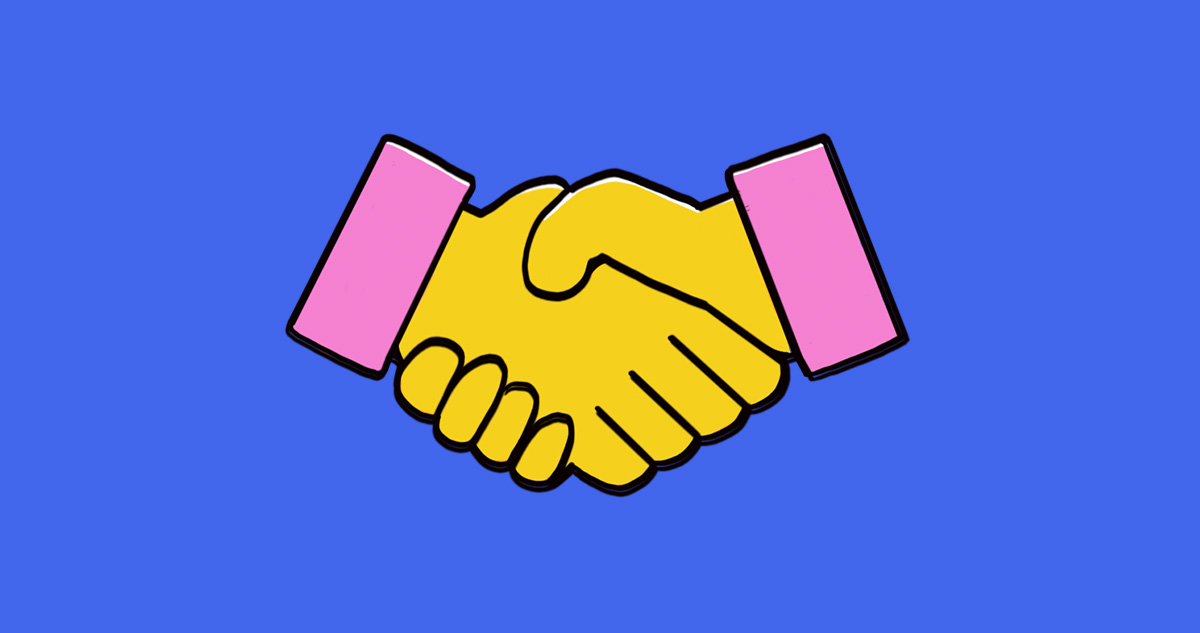Learn how to bridge the divide between HR and IT to enhance the digital employee experience and deliver long-term business results.
Unlocking the full potential of your workforce hinges on the digital tools at end users’ disposal. The annual State of the Digital Workplace by Reworked reveals that 72 percent of business leaders consider the digital workplace as a top priority. Despite this, only a quarter consider their digital workplaces mature. This gap is where the challenge – and the opportunity – of delivering a better digital employee experience (DEX), reveals itself.
DEX matters because it serves as the foundation upon which employees perform, innovate, and stay engaged with their business. In the era of remote work, where it’s inherently harder to preserve company culture, that’s never been more important. It’s not just about having the latest tech either; it’s also about integrating software into employees’ daily workflows in a way that’s seamless, empowering, and aligned with ever-changing business priorities.
The crux of the issue lies in the wide divide between HR and IT. HR knows people, and IT knows tech, but few are fluent in both. This results in a disjointed DEX that frustrates rather than facilitates.
Outdated tools and the need for change
Traditional learning management systems (LMS) and company intranets have long served as a backbone for employee experience by giving employees access to the resources they need to learn and grow within the business. However, they’re very much designed for a different era, one where technology was seen as an office supply, rather than a foundation for work.
These outdated solutions deliver passive, static, one-size-fits-all content that fails to engage today’s employees and foster real behavioral change. In a world where every aspect of knowledge work is technology-fueled, using the wrong tool can significantly hinder adoption and, by extension, productivity and business results.

Building a cohesive digital strategy
Alignment is a top priority among business leaders, but in an environment where employees use many different apps and devices to do their jobs, it’s an ambitious goal. This means that deploying new software (and optimizing the use of current tools) needs to be paired with efforts to weave it seamlessly into users’ workflows in a way that’s scalable and adaptable to change.
So – how can we bridge the divide into an integrated DEX strategy that’s informed by both HR and IT?
- Conduct joint workshops: Regularly bring HR and IT together to brainstorm and plan. Understanding each other’s resources and objectives is the first step to finding opportunities to align efforts.
- Map the employee journey: As with customer experience, map out your employees’ digital touchpoints to identify pain points and opportunities for better integration.
- Create a cross-functional squad: Invest in training for both teams, and create a team with members from IT and HR to enhance DEX initiatives.
- Iterate based on employee feedback: Measure what matters by implementing a way to collect feedback and continuously refine tools, processes, and communications.
- Champion digital literacy: Foster a culture of digital literacy and innovation in which relevant skills are prized and learning new platforms becomes part of the norm.
By optimizing for an effective DEX in your organization, you equip IT with more data on the impact of (increased) software adoption and enable HR to increase employee engagement, skill development, and contribution levels. Both teams will experience more alignment with business goals.
A hyper-relevant, dynamic, and data-driven approach is required. Brainstorm bridges the gap between HR and IT with a centralized platform that focuses on the end user’s technology experience.
See how it works. Schedule your demo today.


